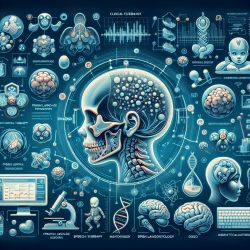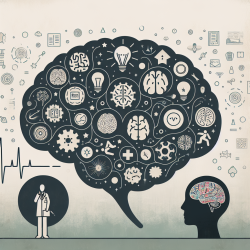Introduction
Craniosynostosis is a congenital disorder marked by the premature fusion of cranial sutures, affecting approximately 1 in 2100 to 1 in 2500 live births in the United States. This condition can lead to significant impairments in hearing, vision, intracranial pressure, and neurocognitive functions. Despite surgical interventions being the primary treatment, there is a pressing need for new therapies due to associated complications and the potential for re-synostosis.
Understanding Craniosynostosis
The recent review article, "The clinical manifestations, molecular mechanisms and treatment of craniosynostosis," provides a comprehensive overview of the disorder. It discusses the typical types of craniosynostosis, their clinical manifestations, and the genetic and environmental causes. The article emphasizes the loss of postnatal suture mesenchymal stem cells as an emerging mechanism driving the disease.
Clinical Implications for Practitioners
For practitioners, understanding the clinical manifestations and molecular mechanisms of craniosynostosis is crucial. The article suggests that early diagnosis and intervention can improve outcomes. Practitioners should consider the following:
- Early Detection: Regular monitoring and early diagnosis can help manage the condition more effectively.
- Genetic Counseling: Understanding the genetic basis can aid in providing appropriate counseling and risk assessment for families.
- Stem Cell Therapy: Emerging treatments, such as mesenchymal stem cell-based suture regeneration, show promise in treating craniosynostosis.
Encouraging Further Research
The review highlights the need for further research into the genetic and environmental factors contributing to craniosynostosis. Practitioners are encouraged to engage in or support research efforts to explore these areas. Understanding the interaction between genetic predispositions and environmental triggers could lead to more effective prevention and treatment strategies.
Conclusion
Craniosynostosis presents significant challenges, but advancements in understanding its molecular mechanisms offer hope for improved treatments. Practitioners can enhance their skills by staying informed about the latest research and incorporating data-driven strategies into their practice. By doing so, they can contribute to better outcomes for children affected by this condition.
To read the original research paper, please follow this link: The clinical manifestations, molecular mechanisms and treatment of craniosynostosis.










